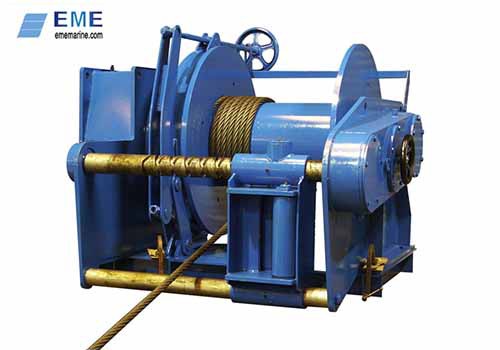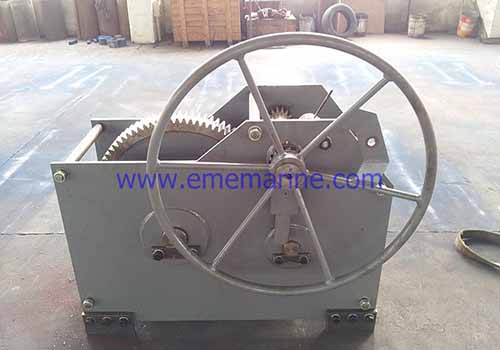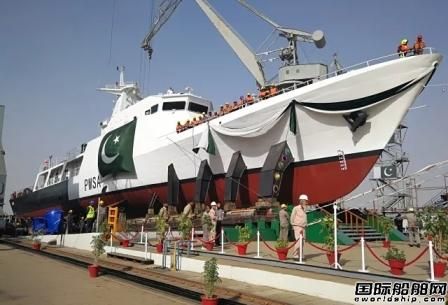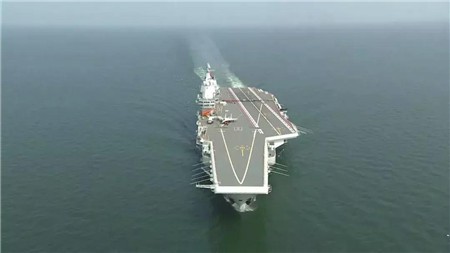
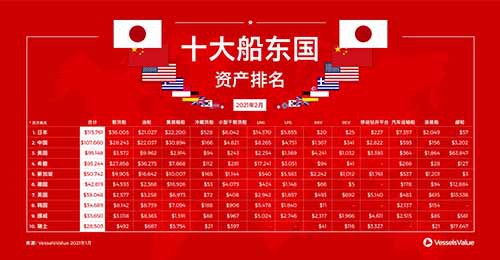
The much-anticipated list of total fleet assets of the top 10 global ship-owning countries now includes data on car carrier, ro-ro and cruise ship assets. The inclusion of these three vessel types in the ranking statistics has had a significant impact on the total asset value and ranking of each country.
No. 1: Japan
After a turbulent 2020 that saw historic highs and lows across nearly all vessel types, Japan still ranked as the top global shipowning nation with total assets of $115 billion.
Increased revenues in the containership market in the second half of 2020 drove Japan's already thriving fleet, which continued to gain value.
Among the top 10 ship-owning countries, Japan has the highest value LPG fleet at $5.8 billion.
Its auto transport fleet also topped the list with a value of $7.3 billion, almost three times the value of the entire fleet of Norway, the second largest auto transport fleet owner.
Japanese car carrier fleet ownership is shared mainly by ocean carriers NYK, MOL and K Line, which compete head-to-head with other industry leaders in the same trade area.
Counting Korea's car carrier fleet, the total business of these vessels accounts for more than 70% of Asia's exports to the world.
No. 2: China
China has risen to second place in the world in terms of the value of total ship assets owned, with assets totaling $108 billion.
China's increased investment in liquefied natural gas (LNG) and liquefied petroleum gas (LPG) vessels, combined with a surge in freight rates in the second half of last year, has driven a surge in the value of its fleet in these two markets.
In the second half of 2020, Chinese energy companies actively invested in newbuilding orders for large LNG carriers and very large ethane carriers (VLECs).
Meanwhile, soaring container ship rates prompted OOCL to place a large number of ULCV orders, with a total cost of about $1.6 billion for 12 newbuildings alone.
SITC also took advantage of the rising market and ordered 14 Handysize container ships, which are essential for regional trade routes.
No. 3: the United States
The U.S. jumped to third place in the asset rankings with $95 billion in total assets, including a whopping $63 billion in cruise assets.
This is due to the fact that the world's largest cruise lines - Carnival and Royal Caribbean - are both from the United States.
Despite the impact on the cruise industry due to the global pandemic of the new crown epidemic, the U.S. has maintained its position as the world's largest cruise ship owner country.
In addition, the total value of the U.S. tanker fleet declined in the second half of 2020 as tanker revenues were chronically low and their value fell in the second half of the year.
However, the value of the younger fleet of LPG, LSE and LNG carriers gained asset value and reached its highest level in five years at the end of 2020 due to a spike in ship spot rates resulting from capacity disruptions caused by delays in the Panama Canal, extended unloading times in Asia and a large number of ships stalled in dry dock.
The U.S. is also a well-known Ro-Ro ship owner, with assets worth $1.9 billion in the sector, which has helped boost its ranking in the top 10 ship-owning countries.
No. 4: Greece
Surprisingly, Greece dropped to fourth place in the ranking.
This result is partly influenced by the fact that other countries' fleets include more cruise, ro-ro and car carrier assets, and partly by the fact that Greece's total fleet assets have fallen by $6.5 billion compared to last year.
The fall in the value of the total Greek fleet assets has a huge relationship with the prolonged slump in tanker earnings in the second half of 2020. As Greece is the world's largest tanker owner country, the overall value of the fleet has been drastically affected and reduced as a result.
At the same time Greek shipowners were very active in the sale and purchase of tankers, selling 105 but acquiring only 70, resulting in a decrease in total assets.
Other types of assets in the Greek fleet, including container ships, gas carriers and offshore vessels, are currently remaining relatively stable in the field.
No. 4: Singapore
The total value of Singapore's fleet has changed only slightly, dropping to fifth place.
New investment by the country's shipowners in its containership and ro-ro fleet contributed to an overall increase of $6 billion in the total value of its fleet. In the case of container vessels, the increase in both freight rates and second-hand vessel sales prices reflected increased confidence in the market and consequently higher values.
Singapore is now the third largest Ro-Ro owner country in the world, bolstered by shipowner Cobelfret. The company's prominent position in the market has supported Singapore to end up at the top of the ranking of ship-owning countries' assets.
No. 6: Germany
The ranking of ship assets owned by Germany has risen from 8th place in 2020 to 6th place, mainly thanks to the appreciation of asset values of small dry bulk carriers due to high freight rates.
In previous years, Germany has successfully completed numerous refinancings and restructurings in various ship sectors, which means that a significant number of shipowners have survived the crisis by early 2020.
The value of German assets in the cruise sector totaled $12.8 billion, bringing the total value of its fleet to a surge of $43 billion, up 60% from last year.
No. 7: United Kingdom
The UK's total fleet value increased by more than $15 billion, moving it up two spots to now rank seventh on the list. This is largely due to the inclusion of cruise ship values in the data for this ranking.
The UK's container fleet has recovered as exports from China to Europe have grown significantly. The Christmas season and pre-Brexit hoarding of goods are key drivers of activity in this sector.
No. 9: South Korea
South Korea fell two places in the asset rankings this year, but the total value of its fleet changed by just 0.2%. The value of both tankers and bulk carriers owned by the country declined, but this decline was partially offset by the value of car carrier vessels included in this statistic.
South Korea is also one of the world's leading exporters of motor carriers by sea. Major shipowners include Glovis, which has expanded its fleet of specialized car and truck carriers (PCTC) in recent years, and Eukor, which is jointly owned by Hyundai Glovis and Kia Motors with a 20% stake.
The high volume of car manufacturing and seaborne exports has made Korea the third largest owner of car carriers.
No. 9: Norway
By a significant decline in the value of the offshore fleet, Norway's ranking of total ship assets owned has fallen from fifth in 2020 to the current ninth position.
The New Crown epidemic and the resulting decline in global oil demand are responsible for the significant drop in Norway's total asset ranking.
The country's oil giants have aggressively cut capital expenditures, with mobile offshore rig operations being terminated, suspended or postponed in droves, depressing the value of offshore vessels of all types in almost all age classes.
Major mobile rig owners, including Borr Drilling, lost approximately $500 million in total assets owned.
No. 10: Switzerland
Switzerland managed to advance to the top 10 list of ship-owning countries, while Denmark fell out of the top 10.
The $18 billion worth of large or mega cruise ships owned by MSC Cruises helped the country become the world's second largest cruise ship owner and helped it end up in the top 10 of the world's ship-owning nations.
Taixing Expansion Marine Equipment (EME) is the professional designer, manufacturer and exporter of mooring winch, positioning winch, towing winch, anchor winch, diesel winch, electric windlass, hydraulic windlass, diesel windlass, electric capstan, hydraulic capstan, pneumatic capstan etc. Our products are mainly for scientific research vessel, navy vessel, working barge, tug, cargo vessel, oil tanker, offshore platform etc.
